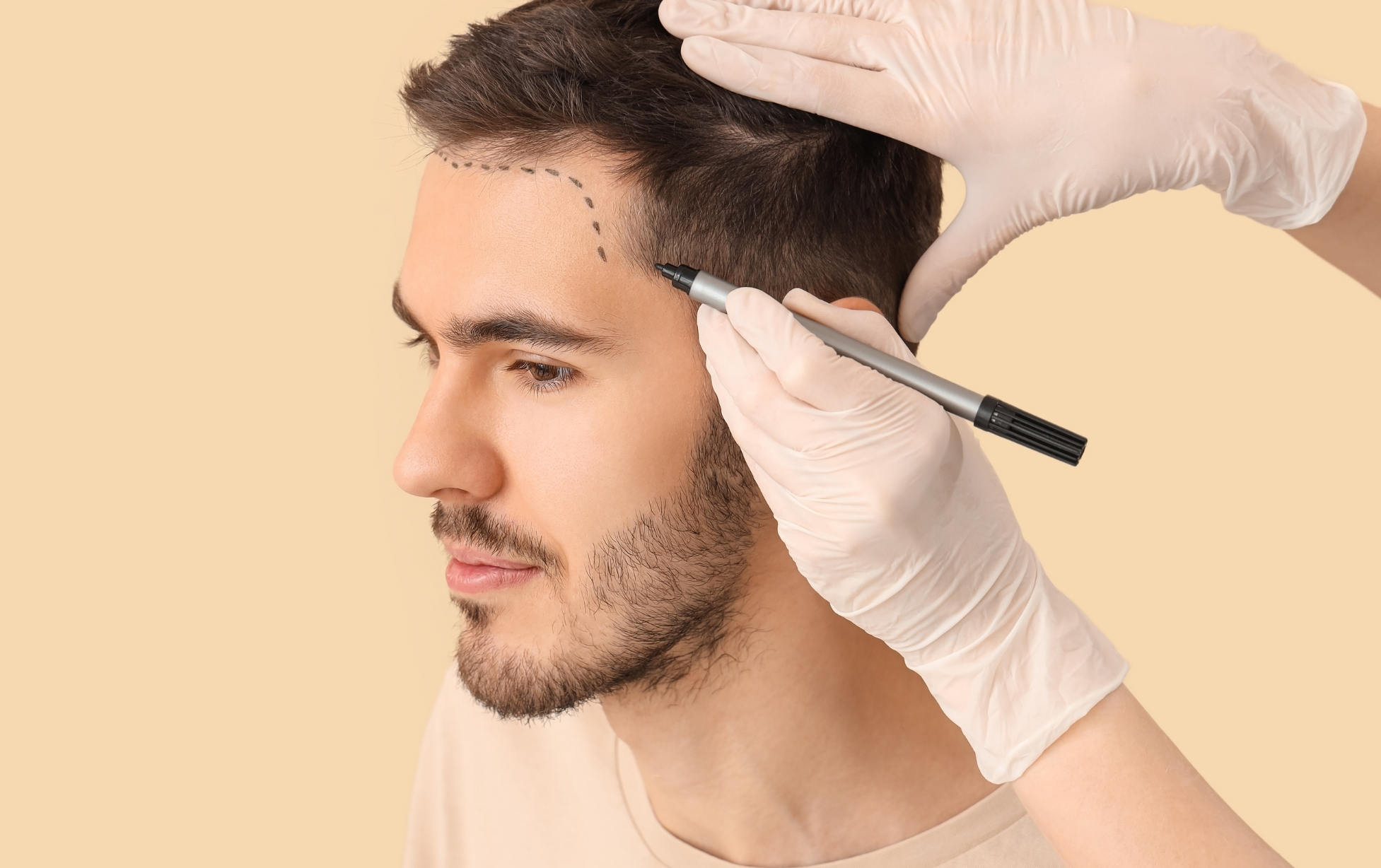Robots, Stem Cells & Nanotech: The Cutting‑Edge of Hair Transplants in 2025
In 2025, the world of aesthetic medicine has entered an exciting new chapter, driven by the fusion of robotics, stem cell science, and nanotechnology. Once considered a cosmetic luxury reserved for celebrities or the ultra-wealthy, the hair transplant procedure has undergone a dramatic transformation—becoming faster, more precise, and biologically advanced. Patients are no longer restricted to traditional methods that depend on donor sites or lengthy recovery periods. Today, the science behind restoring hair is as sophisticated as the innovations behind self-driving cars and regenerative medicine.
From Manual Surgery to Robotic Precision
Gone are the days when hair restoration meant long, manual procedures conducted by hand. In 2025, robotics has revolutionized the surgical side of hair regrowth. Robotic systems are now fully capable of executing follicular extraction and implantation with micron-level precision. These machines use AI-powered algorithms to analyze scalp topography, predict hair growth patterns, and determine the most natural angle for implantation—something even the most experienced human hands struggled to do consistently.
These robotic systems reduce human error to near zero and have significantly shortened operation times. What once took 8–10 hours can now be done in under 3. Better yet, patients report less pain, less swelling, and faster healing, thanks to the machine’s ability to minimize trauma to the skin. Real-time feedback loops allow the robots to adapt instantly to variations in skin elasticity or follicle density. Some even include built-in 3D imaging systems to simulate the results before the first graft is even made, helping both patients and clinicians align expectations.
The Regenerative Power of Stem Cells
One of the most groundbreaking advances in 2025 is the clinical integration of stem cells into hair restoration procedures. Rather than merely relocating follicles from one part of the head to another, scientists are now able to regenerate dormant or miniaturized follicles using autologous stem cells—cells harvested from the patient’s own body.
These stem cells are activated using a combination of signaling proteins and bioelectric stimulation, promoting cellular repair and reactivation. In many cases, stem cells are injected directly into thinning areas of the scalp, encouraging the body to reboot its own hair production cycles. For those with early-stage hair loss, this method can often eliminate the need for surgical intervention altogether.
Moreover, these stem-cell treatments are personalized using genetic mapping. Clinics can now analyze an individual’s genetic profile to determine the likely cause of hair loss—whether it’s hormonal, stress-related, or autoimmune—and create a targeted stem cell therapy that addresses the root cause. This means better outcomes, fewer side effects, and longer-lasting results.
Nanotech: The Microscopic Game Changer
Nanotechnology may be invisible to the naked eye, but its impact on hair science in 2025 is impossible to ignore. From nano-scaled drug delivery systems to intelligent follicle-targeting particles, nanotech is enhancing the effectiveness of both surgical and non-surgical treatments.
One popular application is the use of nanoparticles to deliver growth factors and DHT-blocking agents directly to hair follicles. Unlike traditional topical solutions that get diluted or blocked by the skin barrier, these nano-carriers penetrate deeply and release their contents slowly, ensuring prolonged efficacy. This precise targeting also reduces the risk of systemic side effects, making treatments safer for long-term use.
Nanotech also plays a pivotal role in post-operative care. Nano-sensors embedded in the scalp during surgery can now monitor inflammation, hydration, and even infection in real time. These smart sensors send data to the patient’s smartphone, allowing clinicians to remotely adjust aftercare protocols without additional clinic visits.
Ethical, Accessible, and Affordable?
With any cutting-edge technology, questions of accessibility and affordability are inevitable. Fortunately, the convergence of automation and biotech has made these advanced treatments more cost-effective than many predicted. Clinics in Asia, the Middle East, and parts of Europe have begun offering high-tech procedures at competitive rates, creating a global market that encourages innovation and price reduction.
Additionally, the miniaturization and scalability of these technologies mean that smaller clinics—not just luxury medical centers—can adopt them. There’s also a growing push from healthcare tech companies to develop home-use versions of stem cell activators and nano-serum applicators, giving patients more control over their treatment journey.
On the ethical front, transparency is key. With AI and biotech driving these innovations, patients need assurance that their data, especially genetic information, is handled responsibly. Leading clinics are addressing this with blockchain-based data management systems that ensure privacy and consent at every step.
Looking Ahead: What's Next?
As we move beyond 2025, the future of hair restoration appears more promising than ever. One area being actively researched is gene editing. Using CRISPR technology, scientists aim to permanently "turn off" genes responsible for pattern baldness or androgen sensitivity. Early trials have shown success in lab models, and human trials could begin before the end of the decade.
Meanwhile, bioengineered follicles—grown entirely in labs—are nearing commercial viability. This development would solve the long-standing issue of limited donor hair availability, allowing even those with advanced hair loss to benefit from full, natural-looking restoration.
Finally, neural-interface technologies may eventually allow patients to "train" their scalp environment using brainwave patterns. Though still theoretical, this mind-body approach underscores a broader trend: the future of hair restoration won’t just be about looking better—it will be about deeper integration with one’s own biology, genetics, and even consciousness.
In a world increasingly defined by customization and rapid innovation, hair restoration has stepped confidently into the spotlight. Powered by robots, stem cells, and nanotech, the field is no longer reactive—it’s proactive, regenerative, and smarter than ever. For millions around the world, this isn’t just the future of aesthetics—it’s the future of personal health and identity.



Comments
Post a Comment